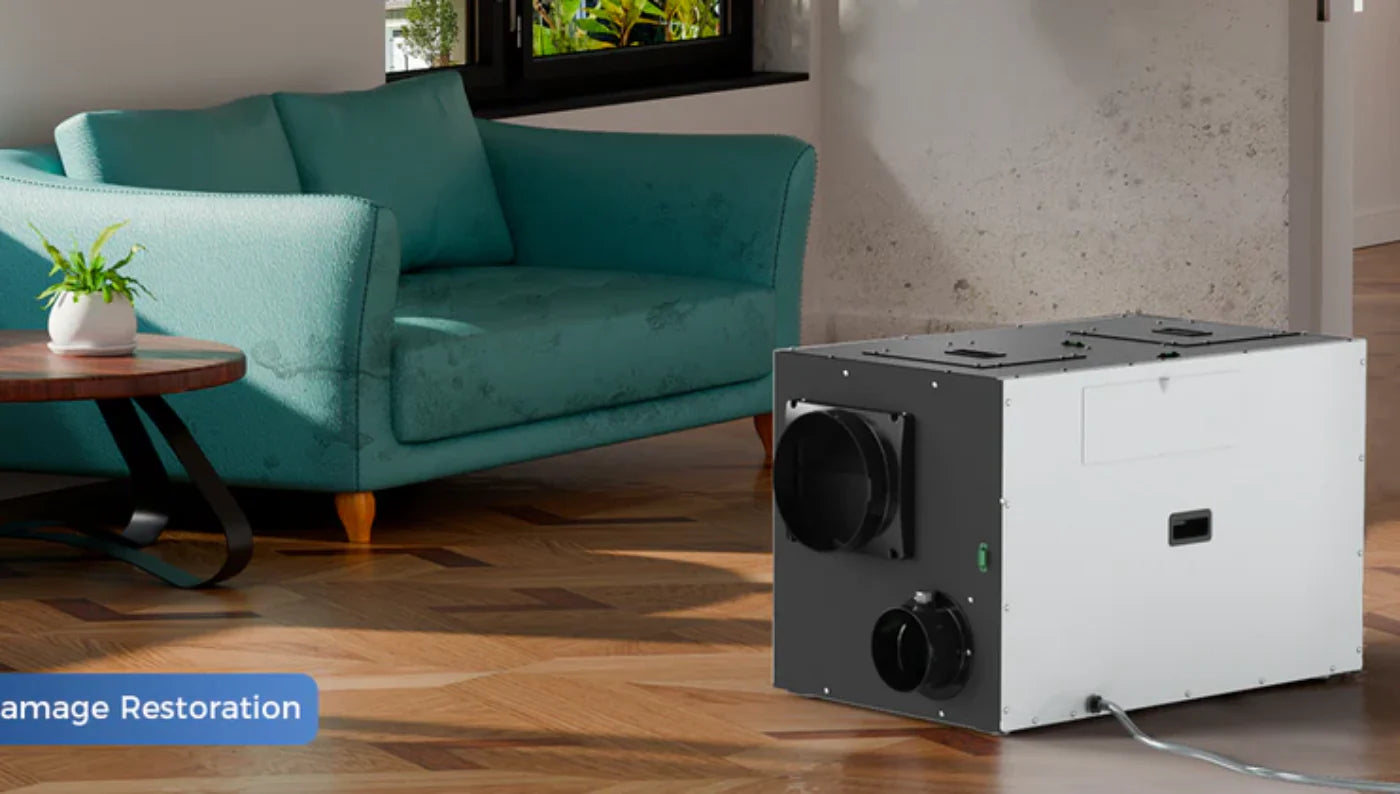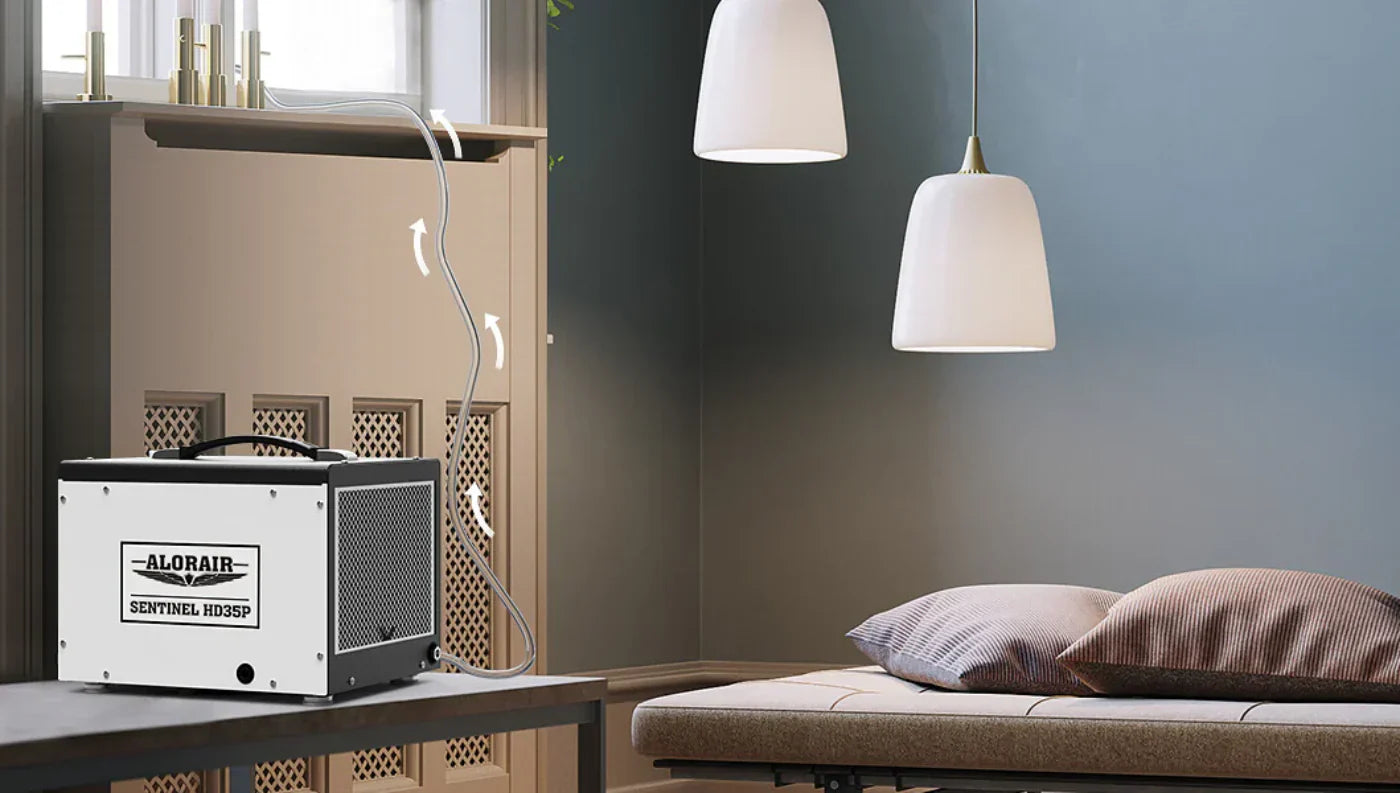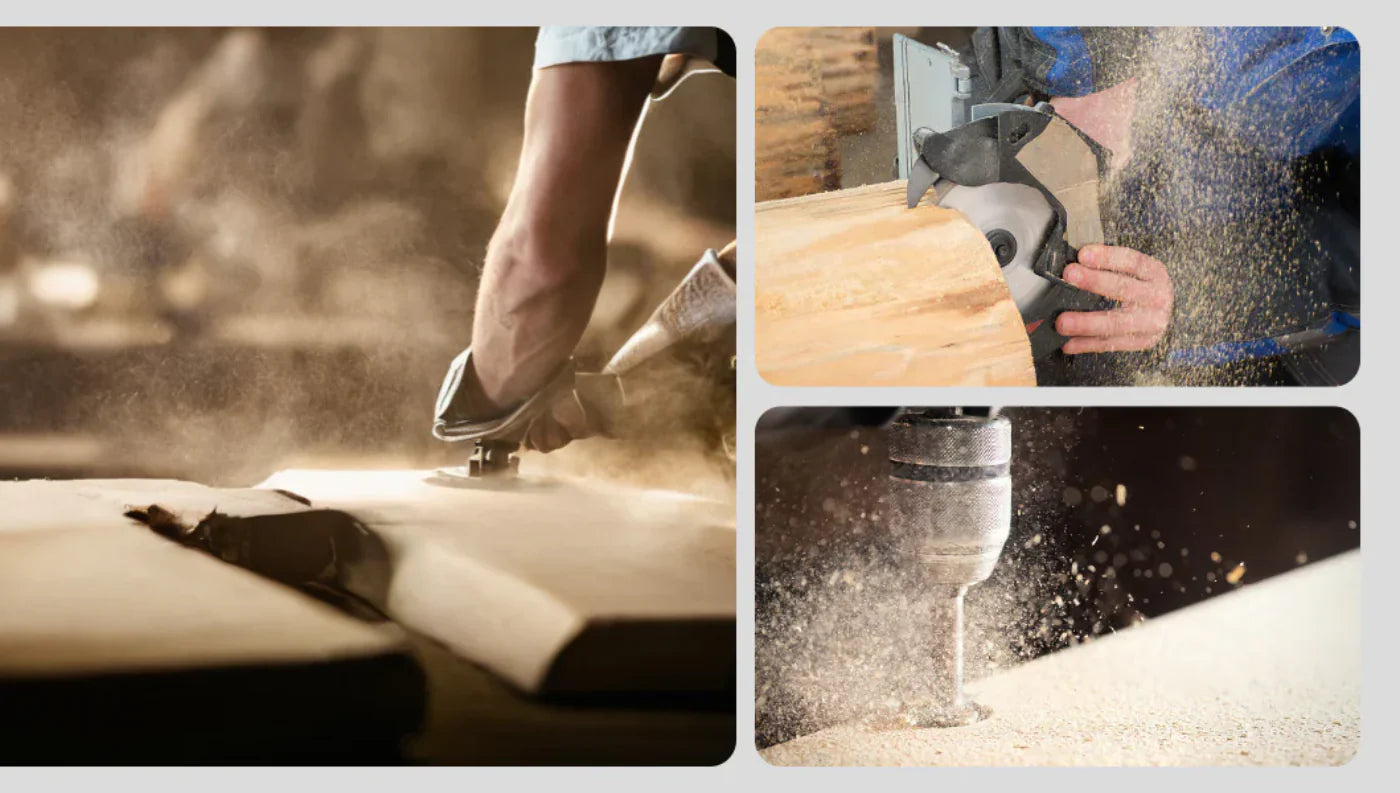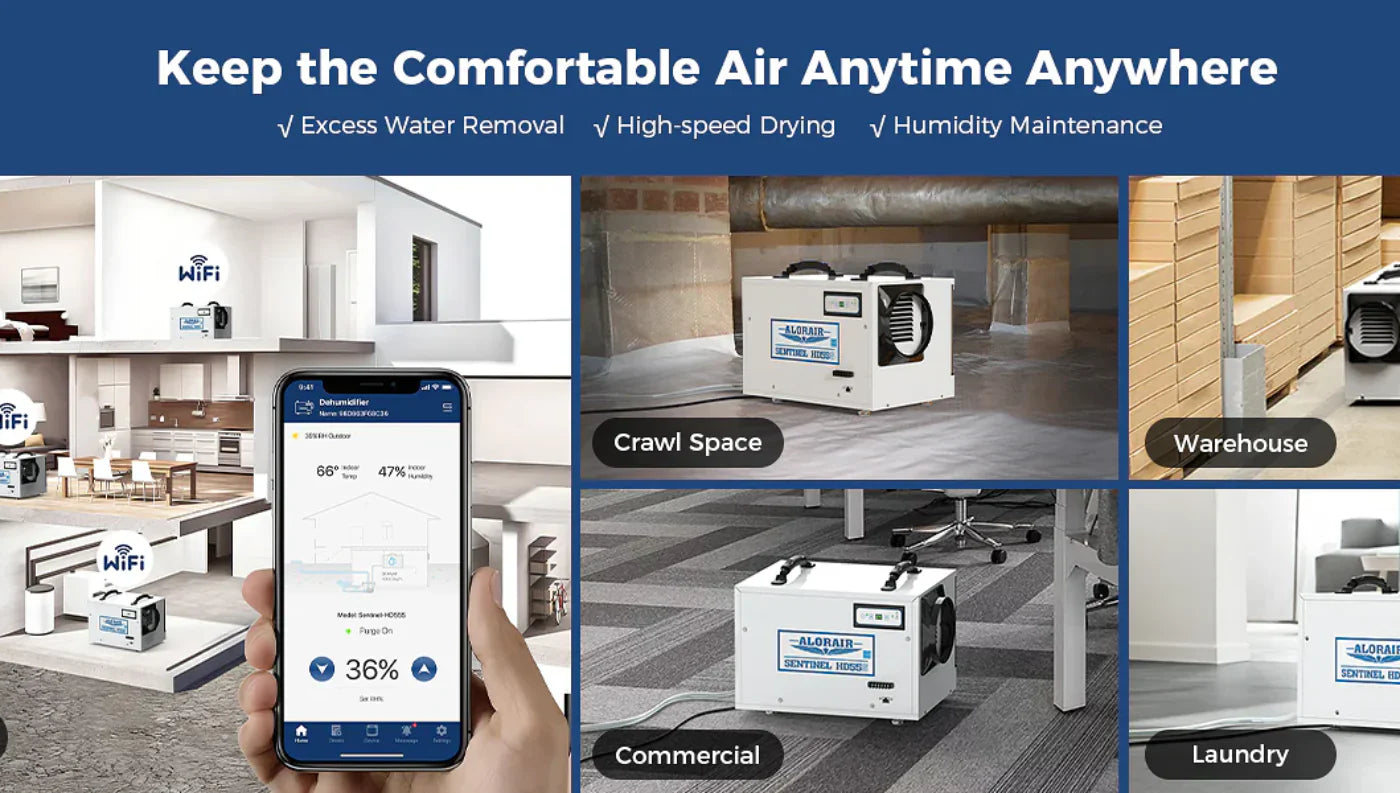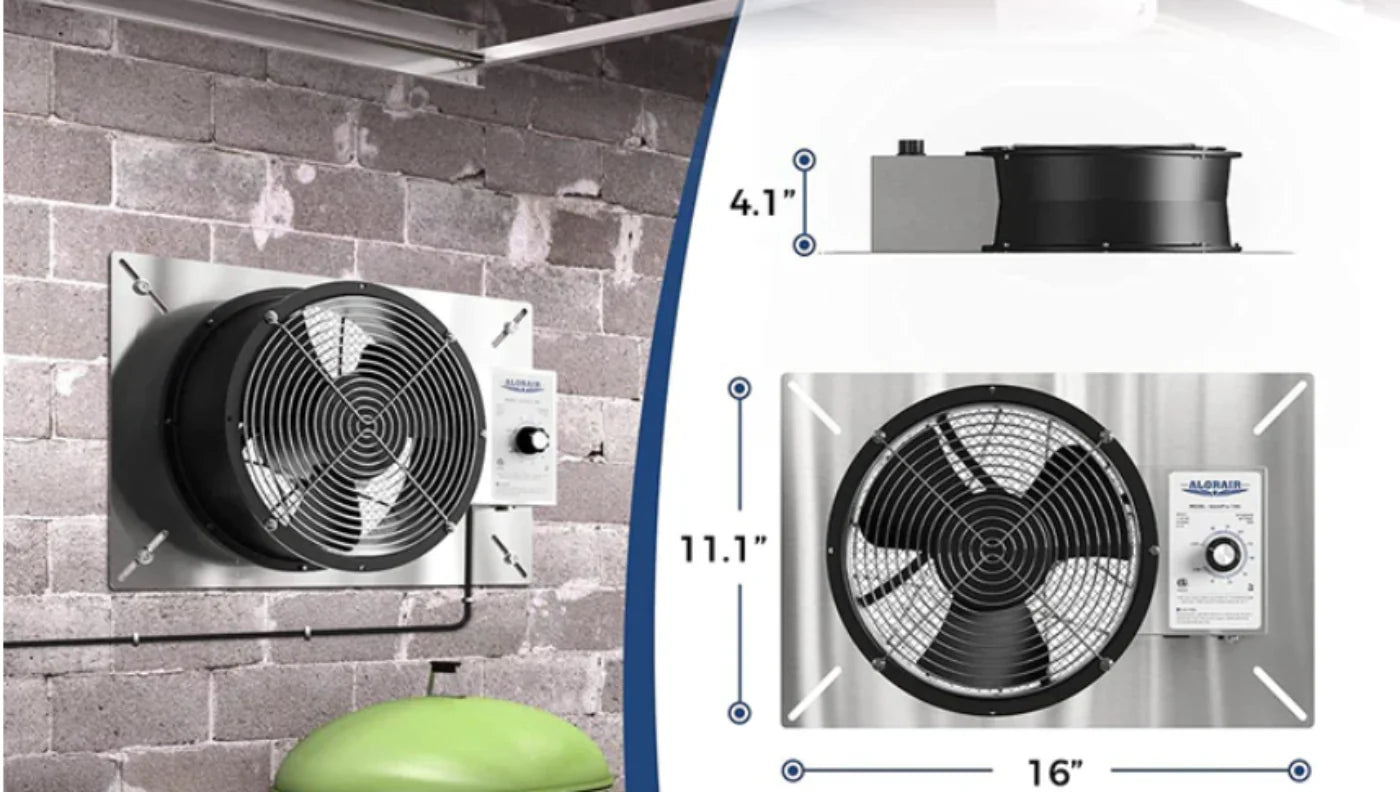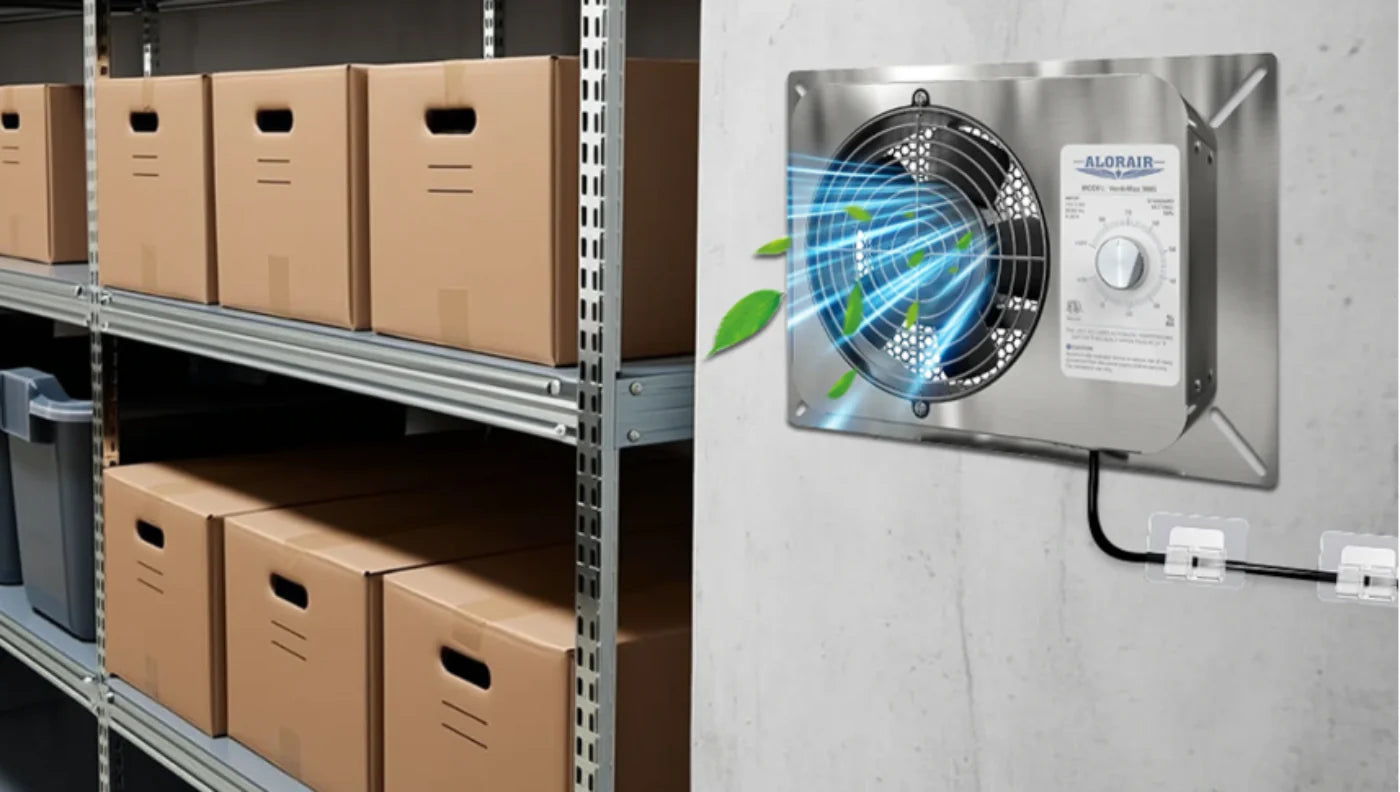Mold growth on carpets is a frustrating and potentially hazardous issue. Not only does it look ugly, but it can also pose health risks for those with allergies, Asthma, or COPD. With the information in this article, you can learn how to remove mold from carpets and restore a fresh, clean environment.
Why Mold Grows On Carpets
Before we get into the removal process, it's good to know the underlying causes of mold growth. Mold thrives in damp, humid environments and can quickly take hold on damp carpets, whether from spills, leaks, flooding, or high indoor humidity levels. Carpets made of wool or cotton, are particularly susceptible to mold growth due to their ability to absorb and retain moisture.
Once you've addressed the moisture issue, you can proceed with the mold removal process. However, keep in mind that if the mold growth is extensive or if you suspect it may be a more serious type of mold, such as black mold, it's best to seek professional assistance.
Why It’s a Serious Problem
Mold growth on carpets is an issue that goes beyond how it looks. In reality, it can have severe implications for your health. Mold exposure can cause allergic reactions, and respiratory problems, and even trigger asthma attacks in children. It can also weaken the structural integrity of your carpets, causing them to break down faster and need replacing.
How To Get Mold Out of Carpets Step-by-Step
Removing mold from carpets can be messy and potentially hazardous, so it's important to protect yourself. Start by ensuring proper ventilation in the area by opening windows or using fans to circulate fresh air. Next, don a pair of gloves, goggles, and a respiratory mask to avoid inhaling mold spores. Hint: N95 respirator masks, certified by the National Institute for Occupational Safety and Health (NIOSH), offer exceptional filtration capabilities, and block at least 99.97% of airborne particles like mold spores.
Gather the necessary supplies, including a stiff-bristled brush, a vacuum cleaner with a HEPA filter, and a mold-killing solution. You can either purchase a commercial mold remover or create your own by mixing one part bleach with three parts water (be cautious when using bleach, as it can discolor or damage certain types of carpets).
The Removal Process
Vacuum the Area: Begin by thoroughly vacuuming the affected area to remove any loose mold spores and debris. Use the vacuum's hose attachment to reach deep into the carpet fibers.
Apply the Mold-Killing Solution: Carefully apply the mold-killing solution to the affected areas, ensuring that the solution gets down deep into the carpet fibers. Allow the solution to sit for 10 to 15 minutes.
Scrub and Agitate: Using the stiff-bristled brush, vigorously scrub the affected areas to loosen the mold. Apply firm pressure and work in circular motions, focusing on the most heavily affected areas.
Blot and Extract: After scrubbing, use clean, absorbent towels or a wet/dry vacuum to soak up as much of the mold-killing solution and dislodged mold as possible.
Repeat as Necessary: Depending on the severity of the mold growth, you may need to repeat the scrubbing and extraction process multiple times until the mold is completely removed.
You may be tempted to use a steam cleaner for carpet mold removal, but it is not advisable. Yes, the high-temperature water can kill mold spores, but adding more moisture can worsen the problem if it doesn’t dry fast enough.
Drying and Deodorizing
Once the mold is gone, you must ensure the carpet dries completely to prevent further mold growth. Use fans, dehumidifiers, or professional carpet drying solutions to hasten the process.
If there are any lingering musty odors, sprinkle some baking soda over the affected area, let it sit for several hours, and then vacuum it up. Baking soda is an effective natural deodorizer and can help get rid of any remaining mold smells.
Maintaining a Mold-Free Environment
It's essential to address indoor humidity and maintain a dry, well-ventilated environment to prevent future mold issues. Consider investing in a dehumidifier, especially in damp or humid areas, and promptly address any water leaks or spills.
Regular vacuuming and deep cleaning of carpets can also help prevent mold growth by removing any accumulated dust, dirt, or organic matter that could provide a food source for mold spores.
By following these steps and taking proactive measures, you can effectively remove mold from your carpets and maintain a healthy, mold-free living or working environment.
Dehumidifiers: Your Ally Against Mold
One of the most effective ways to maintain a mold-free environment is by controlling humidity levels. Mold thrives in humid conditions, so keeping indoor humidity below 50% can significantly reduce the risk of mold growth. This is where dehumidifiers are a big help.
Dehumidifiers are specifically designed to remove excess moisture from the air, creating a drier, more comfortable environment. By reducing moisture in the air, dehumidifiers make it difficult for mold spores to germinate and grow, effectively preventing mold infestations before they even start.
When choosing a dehumidifier, it's important to choose one based on the size of your space. AlorAir, a leading manufacturer of high-quality dehumidifiers, offers two excellent options that are well-suited for mold prevention:
AlorAir Basement/Crawlspace Dehumidifier
The AlorAir Sentinel HD55 is a dehumidifier designed for basements, crawlspaces, and other damp, enclosed areas that encourage mold growth. With a moisture removal capacity of up to 113 pints per day, it can effectively control humidity levels in spaces up to 1,200 square feet. Its energy-efficient design and auto-restart feature make it a reliable and cost-effective solution for maintaining a mold-free environment.
AlorAir (Duct-able) Dehumidifier
For slightly larger spaces, such as houses with 3-4 bedrooms, or office spaces, the AlorAir Sentinel HDi90 is an excellent choice. It can remove up to 198 pints of moisture per day, making it ideal for controlling humidity levels in areas up to 2,600 square feet. Its whisper-quiet operation and auto-restart feature ensure uninterrupted performance, while its sleek design seamlessly blends into any living space.
By incorporating a high-quality dehumidifier from AlorAir into your mold prevention strategy, you can effectively control humidity levels and create an inhospitable environment for mold growth. Regular maintenance and proper usage of these appliances will help you maintain a healthy, mold-free living or working space for years to come.




